
BINAURAL BEATS 15 MINUTES MEDITATION
Who doesn’t love to listen to music? We listen to music with different emotions depending on our mood. Suppose, when we are very happy we listen to high beat tunes and when we are sad we listen to slow beat tunes. So if different beats of music evoke different emotions in us, isn’t it possible that different beats of tunes can also activate different brainwaves?
It was with this question in mind that research began, with the goal of discovering a means by which the frequencies of the brain’s various electrical waves could be matched or controlled.
Now both the vision and the motive were clear. By controlling the various brainwaves of the human being to relieve him of depression, stress, anxiety as well as build his concentration, focus and confidence, a new method was about to emerge.
After extensive research and data analysis on beats and brainwaves of various frequencies, a unique medium emerged – the binaural beat which claims to be able to control brainwaves. But before we know how this binaural beat works, or if it is capable of controlling our brainwaves at all, we need to have a better understanding of what it is.
What is Binaural Beats?
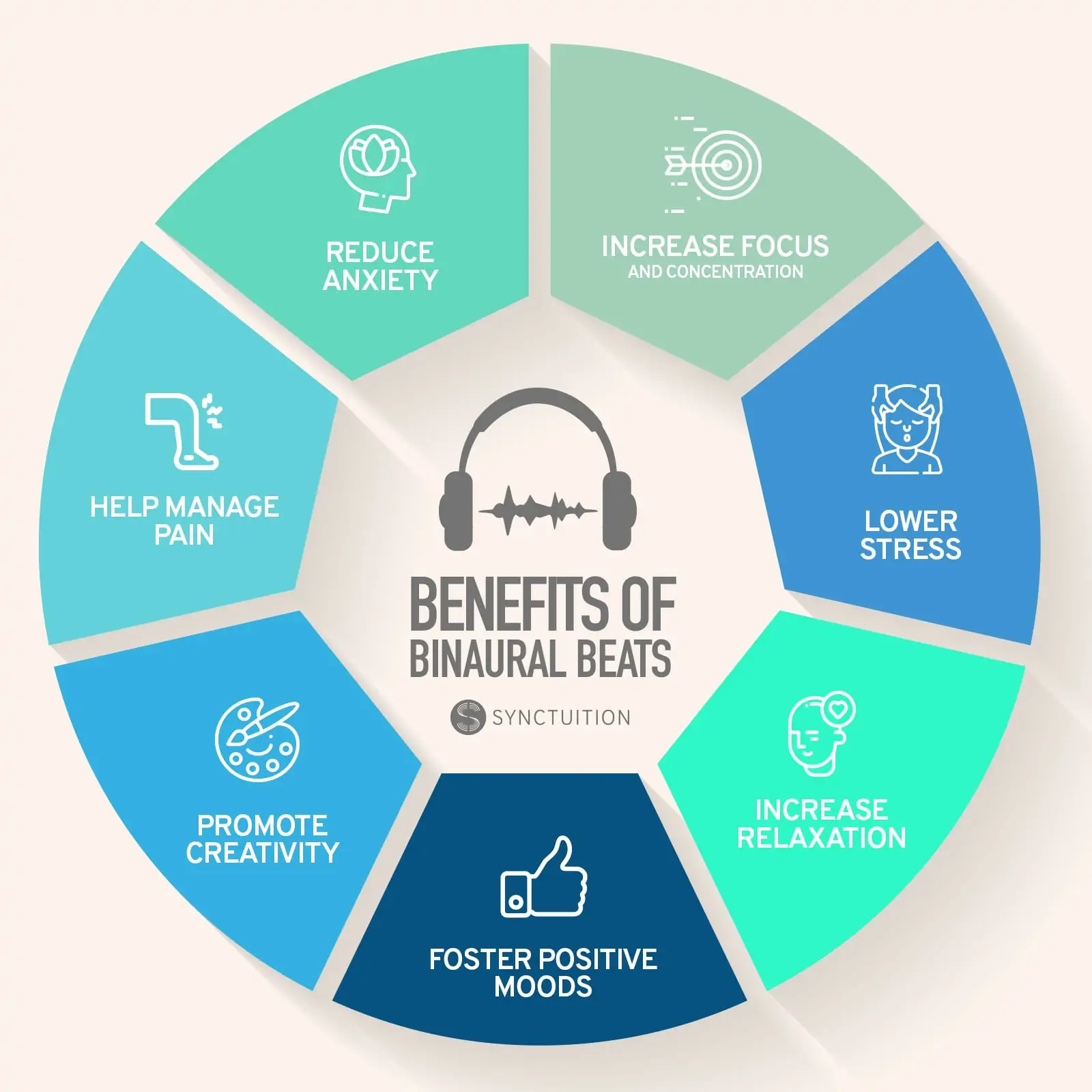
Binaural beats are called digital drugs. Waves of different frequencies cause different reactions in our brain. A method of controlling various activities of the brain has been discovered, which is called brainwave entertainment, by quantifying the exact range of waves that are creating a response with various modern machinery. The simplest method of brainwave entertainment is to control the brain by sending sound waves of specific wavelengths to the brain. These specific sound waves are called Binaural Beats. Actually, Binaural Beats are a special type of sound that can be heard in both right and left ears with different sound frequencies.
History of binaural beats:
In 1839, Heinrich Wilhelm Dove discovered the binaural beat. Dove was a Prussian physicist and meteorologist who felt that for the method of entrainment to work, the perceived tone must be transmitted through our auditory system. He discovered that if beats of two different frequencies are transmitted between the two ears, our brain reads them and produces a wave of a different frequency.

Although this theory remained unknown and intriguing to people for a long time, it was not until about 136 years later that a biophysicist, Gerald Oster, published a more detailed article on binaural beats. In this article titled ‘Auditory Beats in the Brain’ published in Scientific American in 1973, Gerald Oster brought together and elaborated on several scattered scientific research papers and scientifically proven data by Dove
What is needed to hear binaural beats?
Binaural beats have taken a place in the field of meditation today. You can listen to binaural beats anywhere, anytime, in any situation. All you need is a good quality audio player and a good pair of headphones. You can listen to this binaural beat on your mobile either through YouTube or through any audio site.
How does the brain respond to binaural beats?
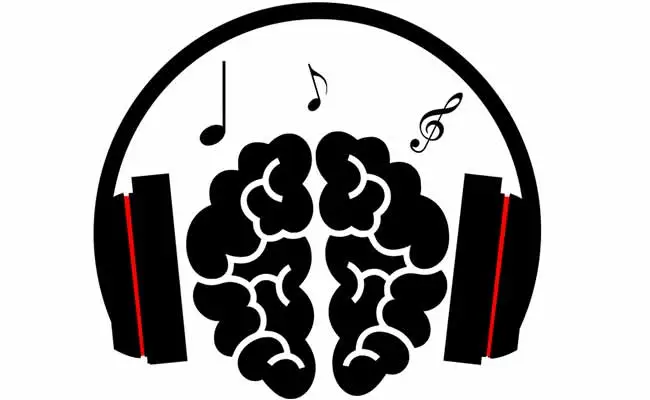
When two different frequency tones are sent to the brain through binaural beats, the brain tries to match the frequencies and treat them as its own frequencies. The two types of tones mix with the brain waves to produce a beat of a different frequency. The frequency difference between the two tones transmitted by the binaural beat determines the frequency of the brain wave.
For example, if you hear a 220 Hz tone in one ear and a 206 Hz tone in the other ear, your brainwaves will match the two different frequencies and have a frequency of 14 Hz.
So if our minds can match different frequency tunes then it goes without saying that binaural beats can control our different brain waves to a great extent.
Superior Olivary Complex and binaural beats:
The first part of the brain, the superior olivary complex located in the brain stem, processes sound input from both ears and synchronizes the different activities of many neurons in the brain. This complex responds when it hears two closely related frequencies and produces a binaural beat, which alters brain waves. The coordination of neural activity across the brain is called entrainment. Entrainment is not only related to binaural beats but is a normal part of brain function.

Health Benefits of Binaural beats :
People who use this meditation therapy report that they feel much less stressed after using it, while others report that they are able to calm themselves down and have increased concentration and focus.
Beneficial aspects of binaural beats are as follows-
• reduce anxiety and improve mood
• improve focus, attention, and memory
• increase creativity and cognitive flexibility
• help you enter a meditative state
• Linked to improved sleep quality
Range of Binaural Beats at Different Levels and Their Functions:
Our brain controls our daily activities. The frequency generated by the rhythm of numerous neurons present in our brain determines our emotions, feelings, thoughts, and the movement of organs.
Binaural Beats are divided into five categories depending on our different brain waves which activate or calm different parts of the brain.
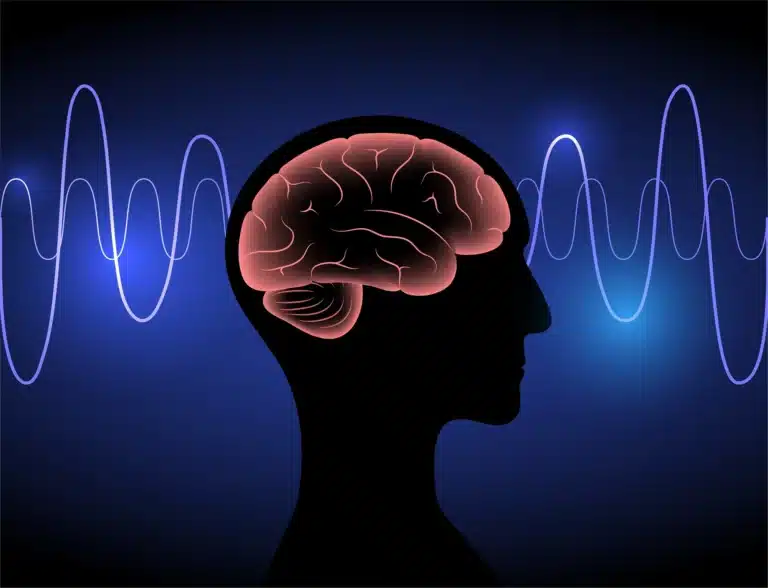
Delta Binaural Beats: It has a bit frequency of 0.5-43 Hz.
Functions:
• If you listen to it, you will fall into a deep sleep.
• Cortisol levels in the brain decrease.
• Increases serotonin and melatonin levels.
• Through this we are able to connect with the subconscious mind.
Theta Binaural Beats: Theta binaural beats ranges from 4 to 7.3 Hz.
Functions:
• You can go into a meditative state by listening to them.
• Your creativity also increases.
• Rapid eye movements can be improved.
• Concentration is also possible.
• At the same time, alpha binaural beats range from 7 to 13 Hz.
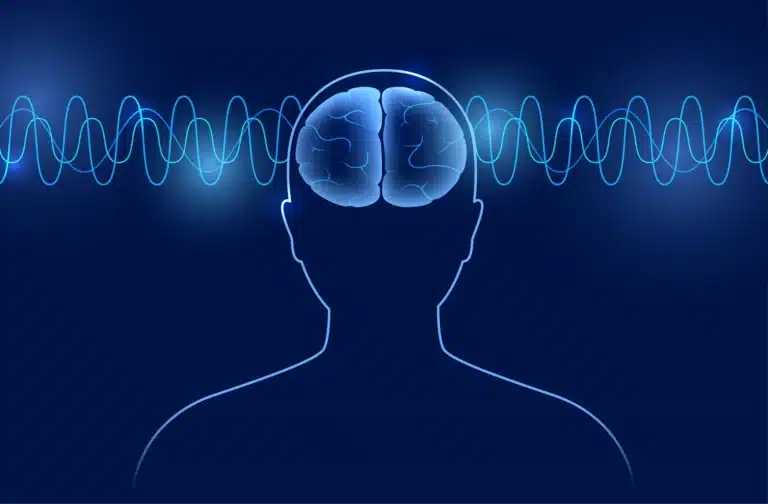

Alpha Binaural beats : It ranges from 7 to 13 Hz.
Functions:
• It calms your mental state.
• Relieves you from stress, anxiety.
• Relaxes you.
• Helps you make the right decision.
• It also sharpens your intuition along with developing your consciousness.
Beta Binaural Beat: It ranges from 13 to 30.3 Hz.
Functions:
• It motivates you.
• It also helps in meditation.
• Increases ability to find solutions to problems.
• Also improves your sexual health.
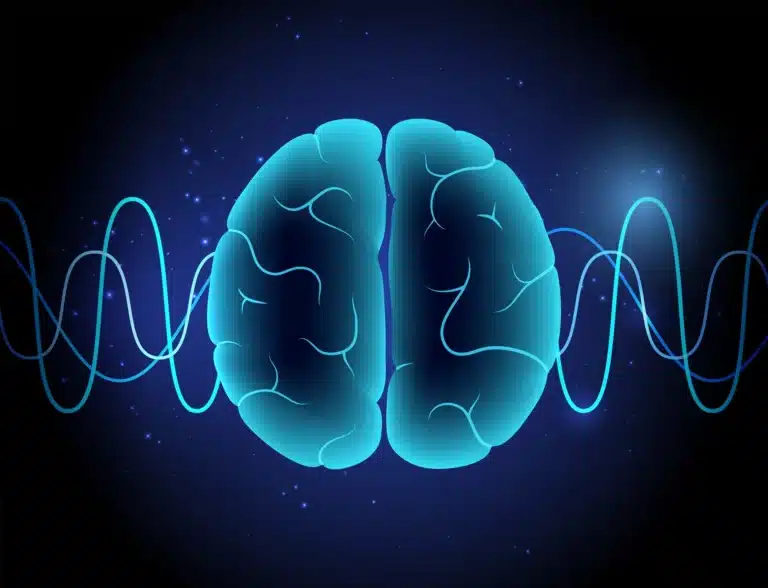

Gamma Binaural Beat: Its range is from 30 to 100 Hz.
Functions:
• Listening to them makes our brain work very fast.
• It is used for memory recovery and mental awareness.
Side effects of Binaural beats :
In many cases, the deleterious effects of binaural beats can be observed. Many people report that they become more depressed after listening to binaural beats. Moreover, after listening to binaural beats, negative emotions such as anger, fear, anxiety can also be triggered. However, before listening to binaural beats, you should know which frequency beats are suitable for you and how loud you should listen to them, because listening at higher levels can lead to future deafness.

It goes without saying that binaural beats have made an incredible impact in the field of meditation. It is amazing to think that a unique meditation therapy that harnesses the digital medium has been invented in the digital age. And if we take this meditation therapy properly or listen to binaural beats for at least 15 minutes every day, it will play an undeniable role in our body, mind and overall development.
Enroll to the Silva Method
Do You Want to Learn SILVA LIFE SYSTEM & SILVA INTUITION SYSTEM the complete online course ? The biggest Silva Method Course combo is here. You must grab it !!
You can also get free consultation & 24*7 Email Support with Diana Silva, President of Silva International and daughter of José Silva.




